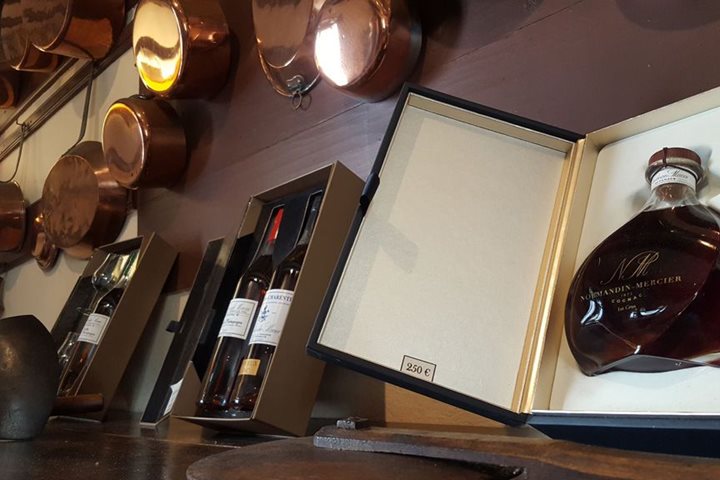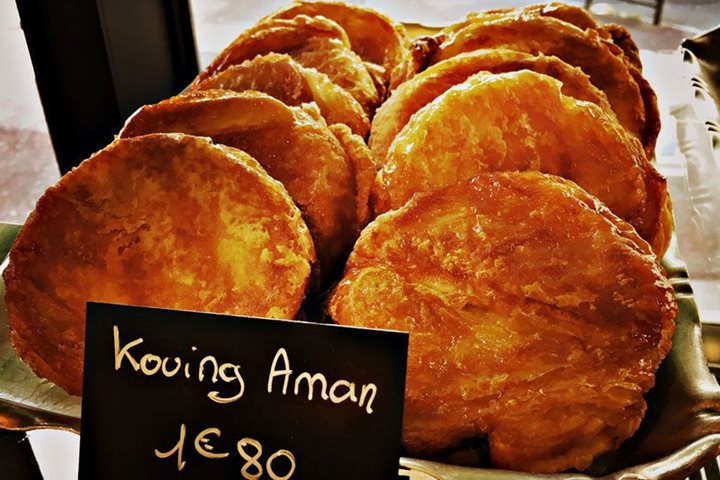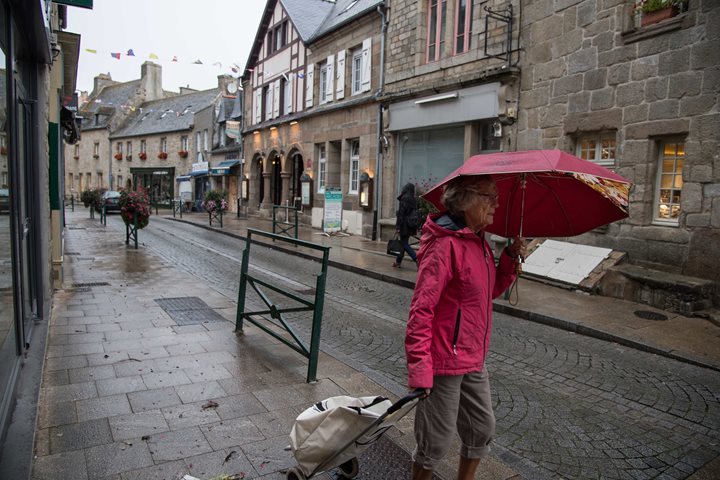For years Normandy and Brittany have been on my list of places to visit. I was unsure exactly why. I’m not a history buff (though seeing the D-Day beaches is a must), I was more interested in walking along the wild coast exploring the unique culture, food, music and language of the area so different from other parts of France and connected to unlikely places including Nova Scotia and Wales.
This morning National Geographic Orion docked right at the historic port of St. Malo, along the English Channel. The granite walled city with a lively port was only steps away and from our ship and as we drank our coffee we could view the ramparts surrounding the city, secluded and empty sand beaches, small rocky islands with ancient fortresses, and lighthouses jutting out of the grey-blue sea.
Most of our group transferred to the UNESCO World Heritage Site of Mont-St-Michele. Visiting the Abbey itself involves a level of adventure and we immediately understood why this sanctuary built on Mont-Tombe in 708 continues to be a pilgrimage site for so many. In order to approach the Abbey one must cross the 1085 meter dyke and a 760 meter walkway bridge before climbing a combination of granite stairs and inclined cobbled paths. Dozens of pathways (and more stairs) took us through this site, which served as a Benedictine Abbey, a military fortification and stronghold of the 100 year war and a prison before finally being restored to its original condition. Like so many iconic sites in Europe, the timing of your visit is key. A weekday morning in early June was the perfect timing.
We enjoyed the cuisine of Normandy with lunch at a restaurant almost as well know as the town. Terrace Poulard is famous for "Omelet de la mere Poulard," a simple omelet which was fluffy and light as air and could only be described as an omelet filled with egg foam. Two typical tastes of Normandy accented the meal; a hard Apple cider and “Tarte Tatin” (an apple tart). Normandy has “no grapes and bad wine” (I was told by our guide), yet they have an abundance of apples and have perfected all sorts of recipes using them. Calvados (apple brandy) is probably the most well-known by Americans. When Normandy was liberated, the Normans offered Calvados to the Allies to thank them.
My favorite part of the day was walking with a small group of guests out of Monte-St-Michele to the dam, which offers spectacular views back on the Mont. One can continue on for 8 kms on a lovely footpath along Le Cousenon or cross the dam and join the GR 34-a historic long-distance walking path along the Atlantic.
Late afternoon we return to St. Malo, the “Privateers’ City” where some of us chose to walk the ramparts taking in the views while others searched out locations from the novel “All the Light We Cannot See” by Anthony Doerr.







